Sell Works from Your Collection
Sell your artwork to art lovers anywhere in the world. All you have to do is upload your art and get on with the sale.
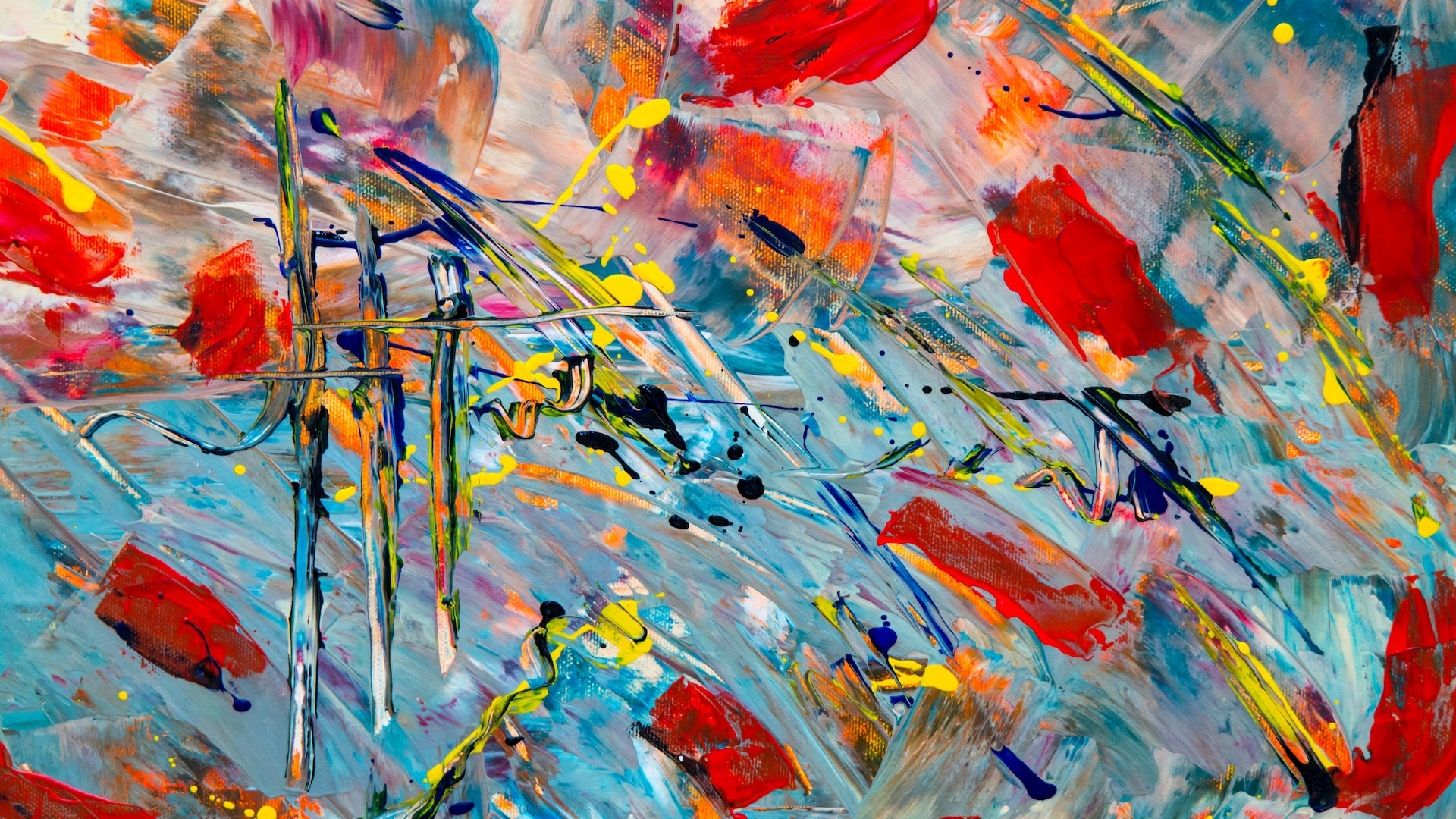
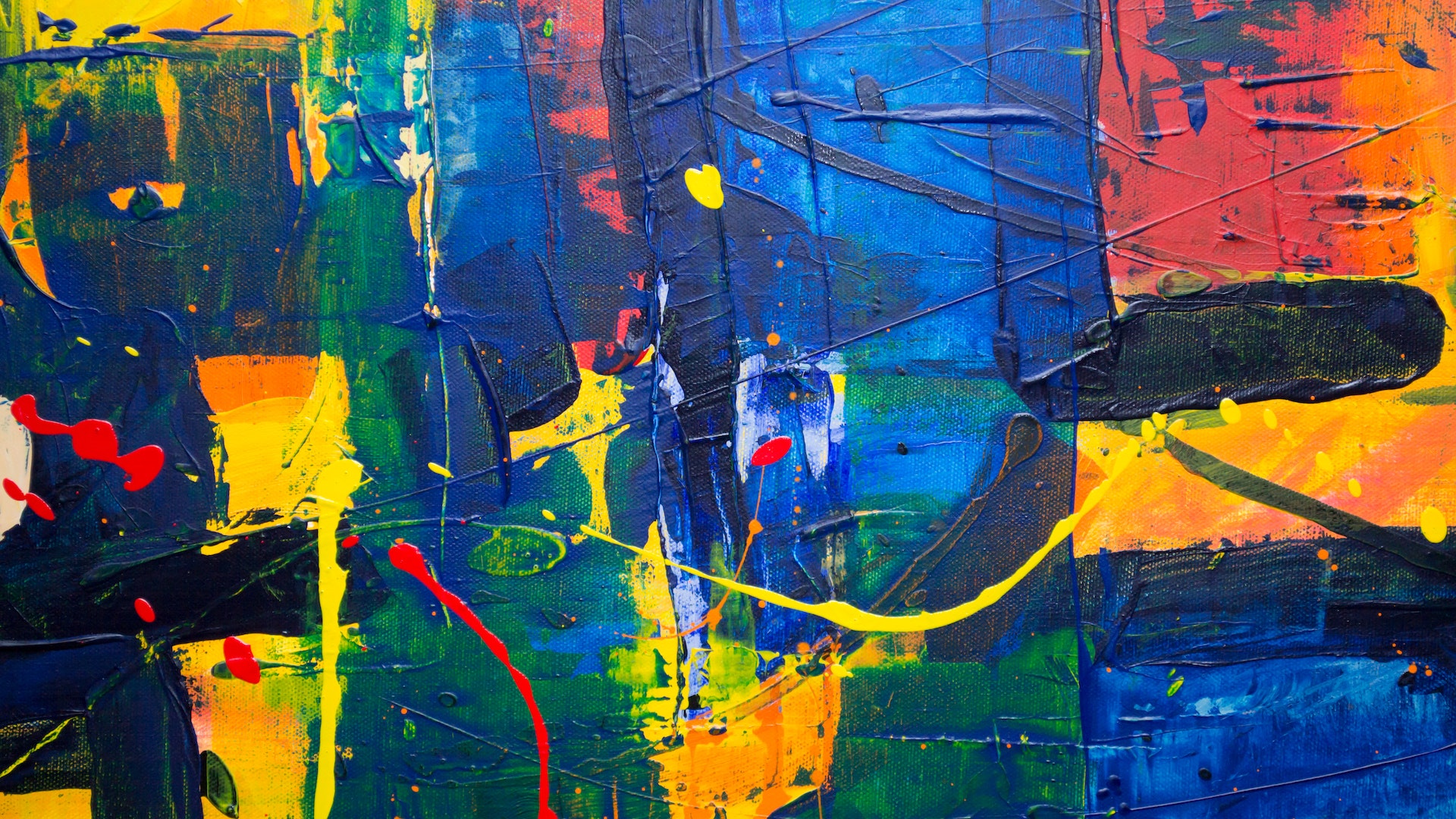
Sell your artwork to art lovers anywhere in the world. All you have to do is upload your art and get on with the sale.
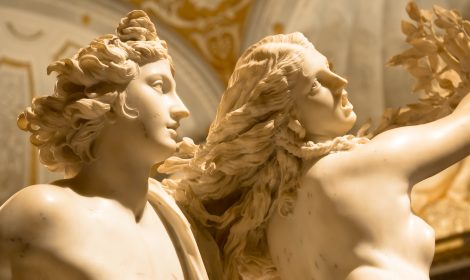
The beautifully captured story of Daphne and Apollo in this piece of art can move even the most hard-hearted. A glance at it and grace will ooze out of it.
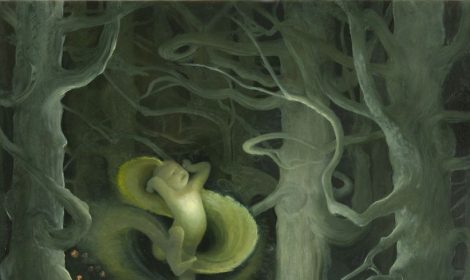
Capturing the beauty of the tree in this image can fill up anybody’s heart. Take a look at this beauty and revel in its depth.
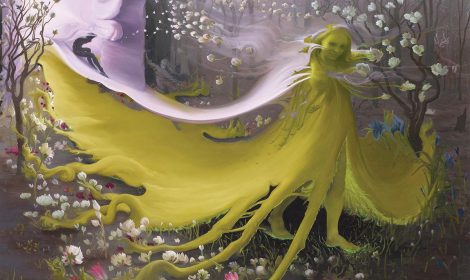
You would surely take a few seconds to understand this painting and appreciate it. This one is surely an eye-catcher.
Check out the backgrounds of each of the artworks and
the story woven behind them.
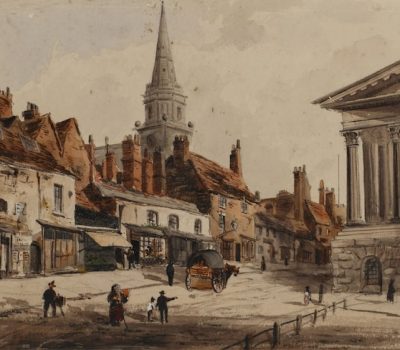
We capture the grandeur of the ancient church and reflect it in our paintings.
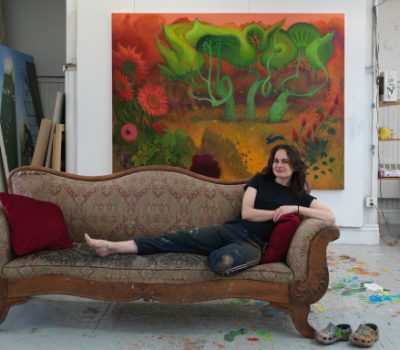
Modern art takes a lot of thought to create and appreciate.
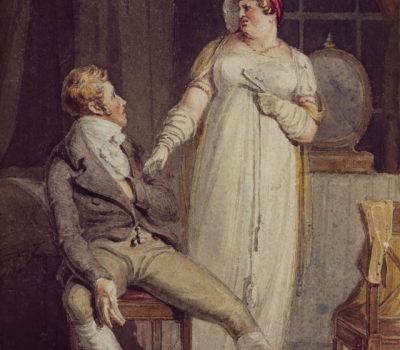
Know about the unraveling of history through the different artistic methods.
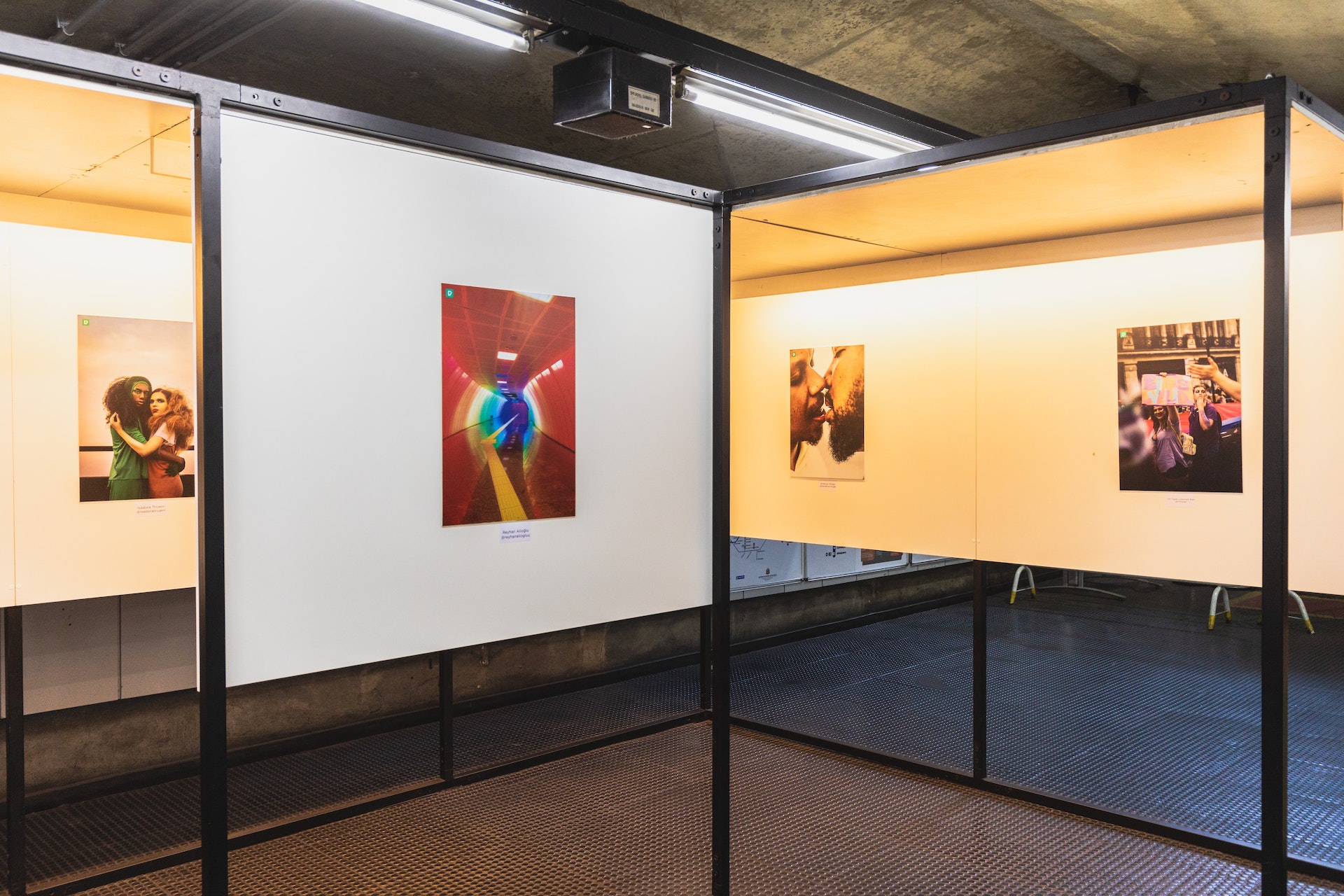
You’ve probably always dreamed of opening your own art gallery and bringing the creative spirit to your community. With the US art dealers’ market worth $9 billion, starting your own business has never been a better time.
Whether you’re a professional artist or an amateur art lover, opening your own art gallery is a rewarding opportunity that can bring you a lucrative income. But before you can open your doors, you must ensure you’re prepared for the complexities of running an art gallery. This guide will walk you through the key steps of opening an art gallery so that you can ensure your success.
The first step to opening an art gallery is choosing a suitable location. Find a venue with a convenient layout that will allow you to host receptions. If possible, you should also look for one with good traffic and within easy walking distance of other galleries. This will help you get the word out about your new gallery and increase your customer base.
The key to opening an art gallery is to have a vision that matches your priorities and the needs of your customers. This way, you can build a strong brand and establish trust with your customers.
A well-connected art gallery is vital to your business. It will not only help you generate leads and find partnerships, but it will also increase your reputation among the art community.
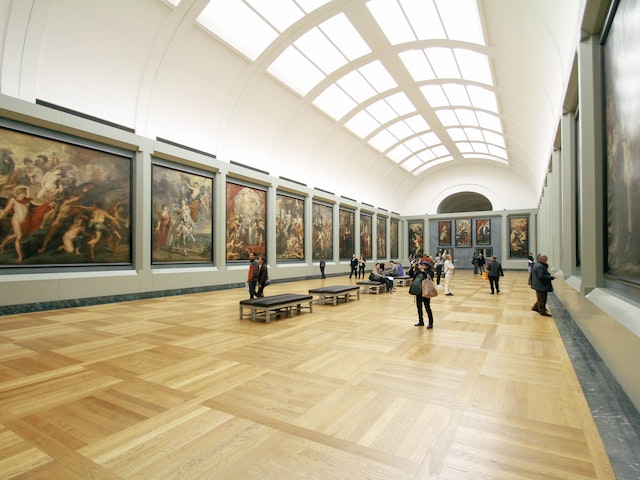
You need to create an inviting and engaging gallery environment to stand out from the crowd. The design of your art gallery should reflect your personal taste and the theme you want to focus on.
In order to develop a collection that resonates with your audience, it’s important to connect with the local art community. Meet with artists, discuss their work, and collaborate on new ideas to create a collection that suits your gallery’s branding.
The art gallery industry is highly competitive, so you must constantly evolve and create new ways to attract customers. This is why keeping up with the latest trends and making the most of social media to promote your gallery is critical.
Hosting events in your art gallery is a great way to draw in more visitors and expose your venue to new clientele. You can list your space on Peerspace and take event requests, which will help you reach more people who might not have heard of you otherwise. It’s also a great way to support local artists, which is the ultimate goal of any art gallery owner.

The question of what contemporary art is has been around for a long time, but it’s still an important one. Today, the term has come to mean a wide variety of things, from a specific type of art to an entire genre. Understanding what contemporary art is and how it relates to your life can help you find more meaning in your artistic expression.
Contemporary art refers to the art that has been created in our present time or since the Second World War. It is a term that encompasses a wide range of art forms, styles, and techniques, and it is constantly evolving.
Often, people see paintings and think they’re great works of art. They might even be able to name the artist who painted them. But if they don’t understand the message the painting conveys, they can easily be left confused about what it means.

Contemporary art is a wide range of works from different artists that challenge the traditional way of thinking about what is and isn’t considered art. The works are often influenced by the world around them and the artist’s personal experiences.
They can also be inspired by other art forms, such as literature or music. Many artists use these inspirations to create their own works of art, while others use them as a jumping-off point for their own creative processes. This diversity helps the definition of contemporary art because it challenges traditional ideas of what art is and allows for a broad range of creative expressions. It also provides a platform for a wider range of voices to be heard.
Often, contemporary art uses new materials and methods in its creation. It can involve playing with color, experimenting with the shape and form of objects, and even combining new mediums to create an entirely new piece of art.
Another common way that modern art has evolved is by reworking materials that have been used for centuries. For example, American painter Julian Schnabel uses broken shards of old plates and another crockery as an element in his works. He combines them with gloopy oil paint to create a beautiful, expressive painting. Similarly, Ethiopian artist Julie Mehretu combines printmaking and drawing to create her pieces.
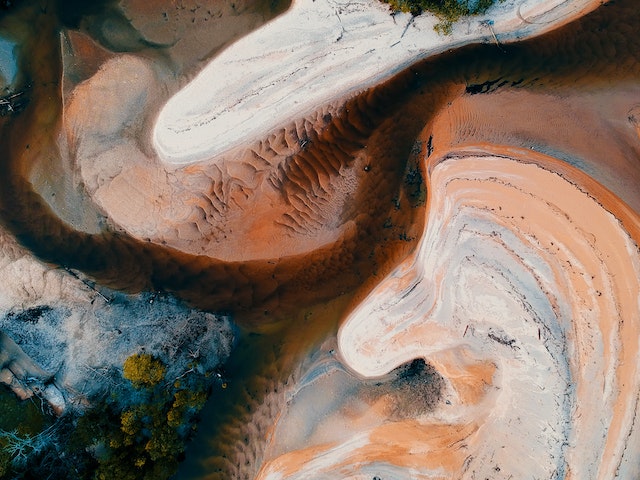
They can be very abstract or extremely detailed, depending on the style of the artist. This makes them difficult to understand for some people, but it’s important to remember that the work itself should be interesting enough to capture the interest of most people.
Despite its many different characteristics, the main goal of contemporary art is to provoke reflection. It allows people to take a break from their busy lives and explore new ideas and concepts. It can also inspire discussion and encourage social awareness about issues that affect our society.
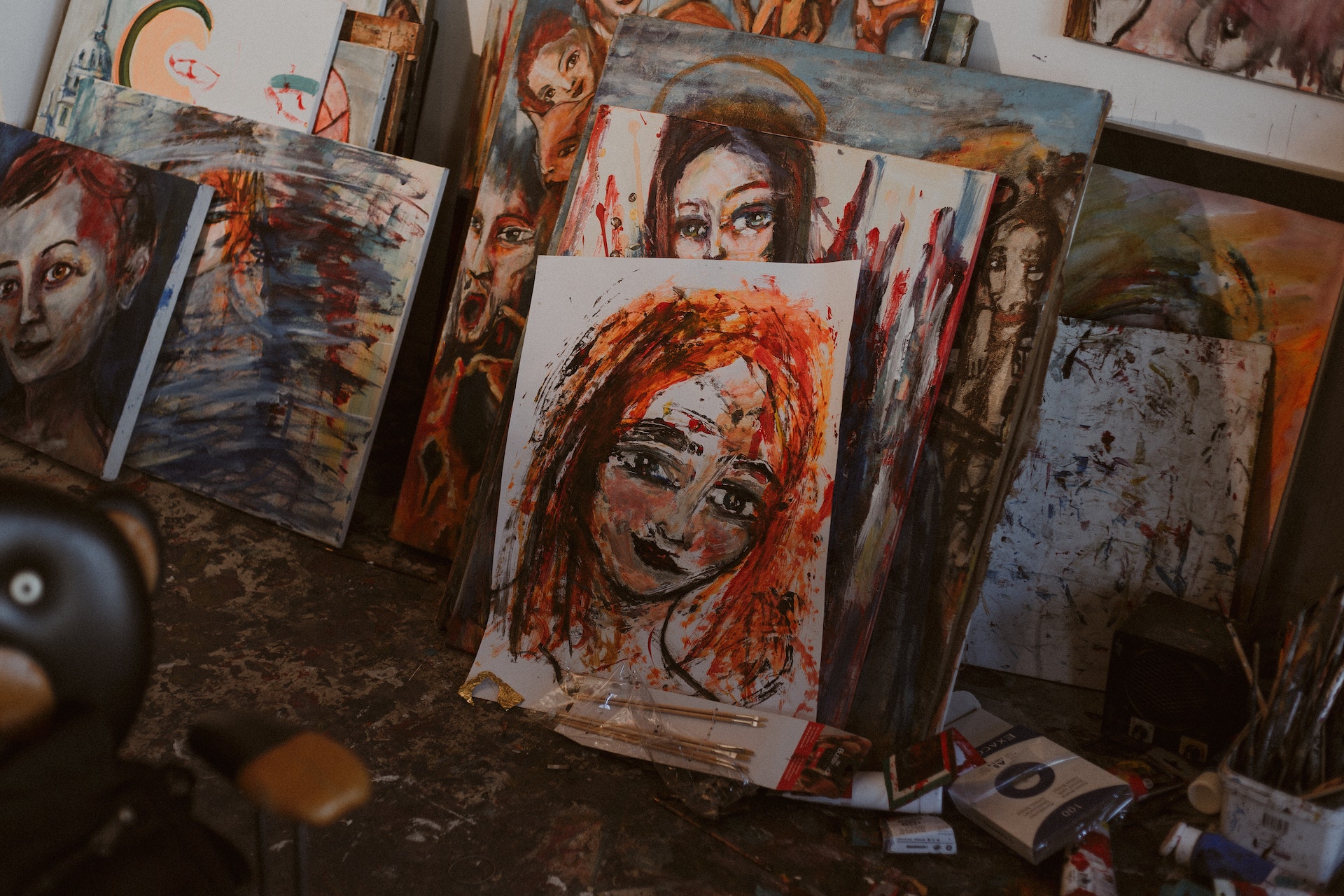
Art is a form of expression that can be used to convey emotions and ideas. Throughout history, artists have developed many different styles and movements to express their unique perspectives and ideas about the world. Some of these art movements are more famous than others, and some have become popular with the public.
Romanticism is an art movement that grew during the late 18th century and became popular in Europe. It was a reaction against the societal norms of the time, particularly industrialization and the rationalization of nature. This led to the rise of Romantic art, which depicted scenes of drama and emotion. Its ethereal and mysterious scenes often included elements of nature, the supernatural, or the human psyche.
Impressionism is an art movement that emerged in France during the 19th century. It is often considered one of the most influential art movements in history. It encouraged painters to focus on depicting the fleeting impressions of light and color in their work. Some of the most famous Impressionist artists include Claude Monet and Pierre-Auguste Renoir.
Cubism is a revolutionary art movement that was established in the early 20th century. It rejected traditional forms and structures in favor of abstraction, combining elements from abstract art with Surrealism in its paintings and sculptures.
Fauvism is a style that was popular during the late 19th century and is known for its bold use of colors in its artworks. It was influenced by the Post-Impressionism and Neo-Impressionism movements but was more expressive than either of them. Some of the most prominent Fauvist artists include Henri Matisse, who painted figures and landscapes with vibrant blocks of color.
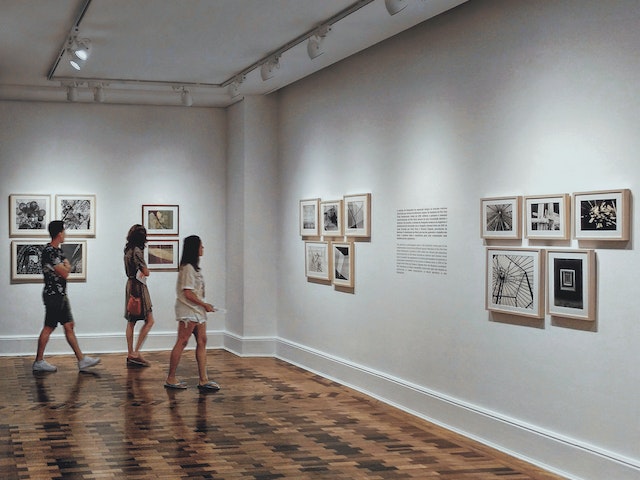
Futurism is a movement that was developed in Italy during the early 20th century, focusing on future technologies and their associated representations. It was a major influence on many other modern art movements, including Vorticism and Constructivism. It was also a major influence on architects, designers, and composers.
Magical Realism is a style of art that blends realistic depictions with fantasy or mythical elements. It was a popular movement that influenced artists like Frieda Kahlo.
Neo-Impressionism is an art movement that was founded in France during the late 19th century and is credited with influencing many other art movements. It is characterized by the use of pointillism, which is a technique in which small dots of unmixed paint are placed on a canvas to create a sense of depth and luminosity. The movement was largely inspired by the works of Georges Seurat and Paul Signac.
Naive art is a style of art mainly made by artists without formal training in the art form. It is a style that emphasizes the beauty of simplicity and raw emotion. It is often referred to as outsider art.
Classicism is an art movement that emerged in Western Europe during the 18th century and is characterized by clear lines, symmetry, or order. It is a reaction to the prevailing Baroque and Rococo styles. It is a relatively short-lived movement, impacting many other modern art movements.
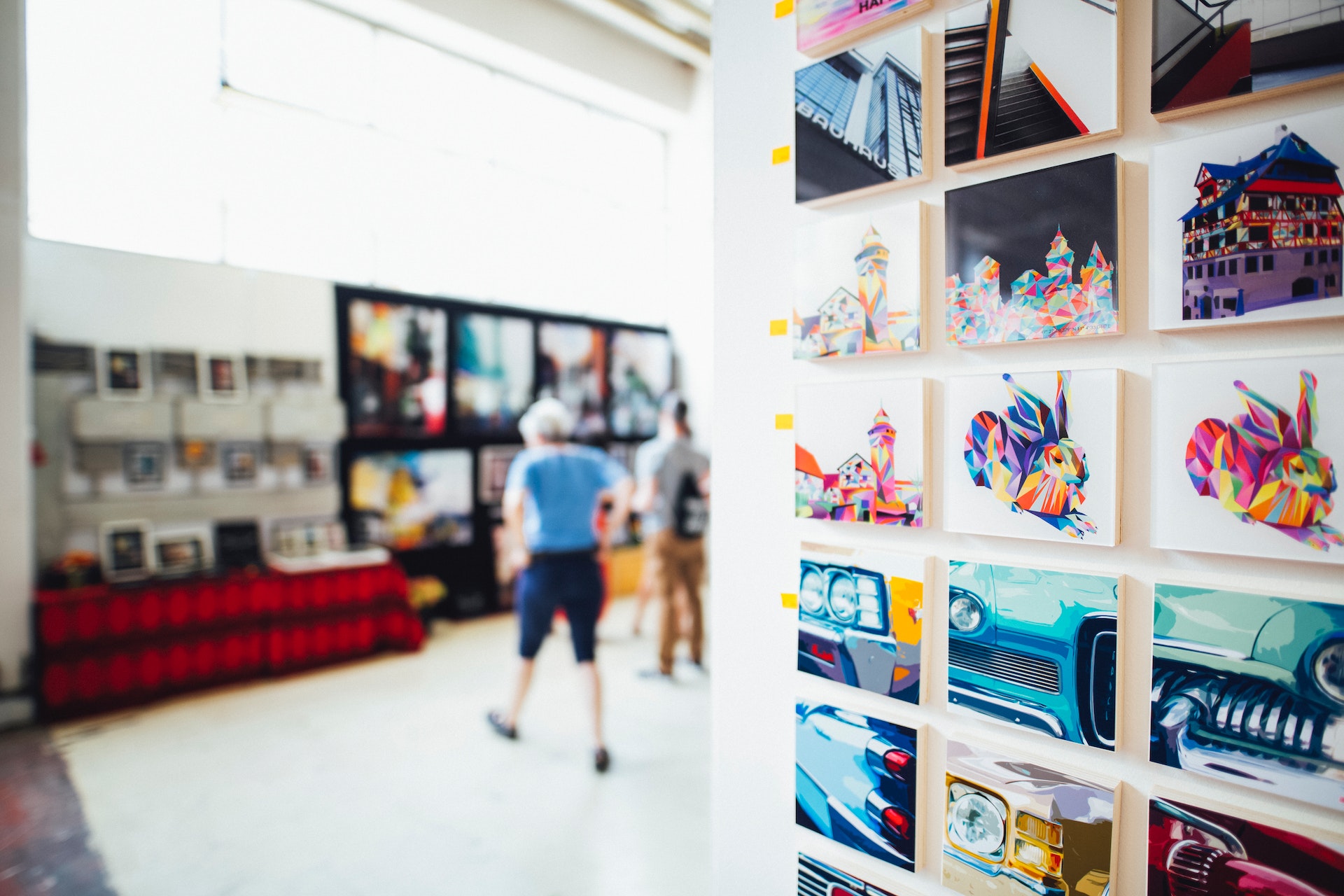
A virtual art exhibit is a way to display and share gallery-style art shows without requiring in-person attendance. The change surely cannot replace the traditional gallery experience, but it does offer enhanced opportunities and advantages.
Virtual art exhibits allow people to view art from multiple angles and perspectives. This allows viewers to appreciate more details that might not be noticeable if the artist displayed the work in person. This also makes it easier for collectors and potential buyers to purchase works they may not have seen in person before.
Creating a virtual art exhibit is relatively simple. The first step is to film and capture the art in a manner that will showcase its finest details. A professional cameraman and crew usually do this.
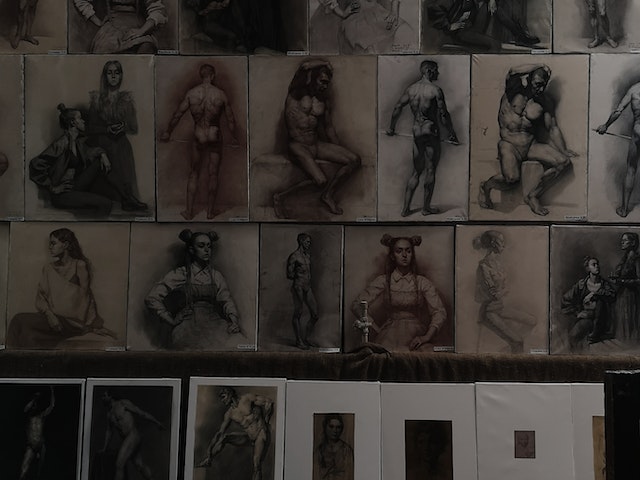
The next step is to upload the video footage to a virtual gallery. Several free services will host your virtual art exhibition. However, be aware of any fees that may apply.
If you plan to sell your art online, it’s important to choose a service that will protect your artwork and ensure that it is not used by anyone else. This will help keep you out of trouble, reducing your theft or copyright infringement risks. You can use an existing service or create your own. This is an excellent option if you are tech-savvy and have the budget.
Before launching your virtual art exhibition, it is vital to make sure that you have the resources to pull off a successful event. This includes setting a budget, researching the topic, inviting speakers, and having a clear road map of what you want to achieve.
Another key part of a successful virtual art exhibition is to have a clear vision of what you wish to accomplish. This will help you decide what type of event will be best for you and your audience. Whether you wish to host an online art gallery, a student competition, or a technology fair, the following tips will help you organize your virtual event and maximize its impact.
A virtual art exhibition is an exciting opportunity for any company or brand. It can be an excellent way to introduce new products, generate sales, and improve your company’s image. The right platform will give you access to features that will enhance your online exhibition and boost its popularity. It will also enable you to interact with your audience, manage and track attendance, and share your events with other users.
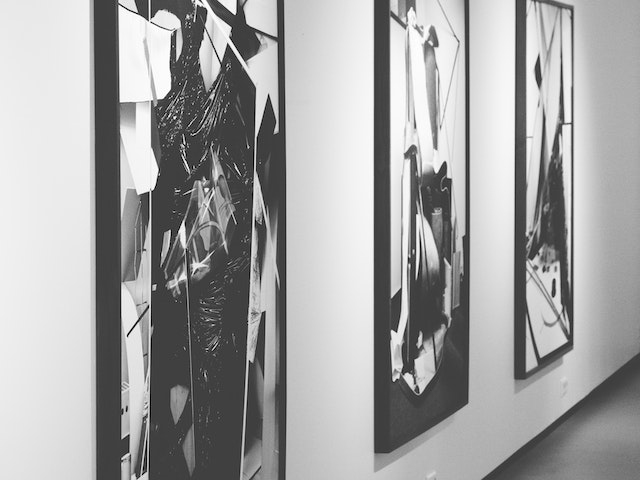
The visual aspect of an art exhibition is just as important as the content. It can be as simple or complex as you like. Having the right visual format will ensure your exhibition is well-designed and attractive to visitors. This is why choosing a visual model that will reflect your company’s style and personality is important.
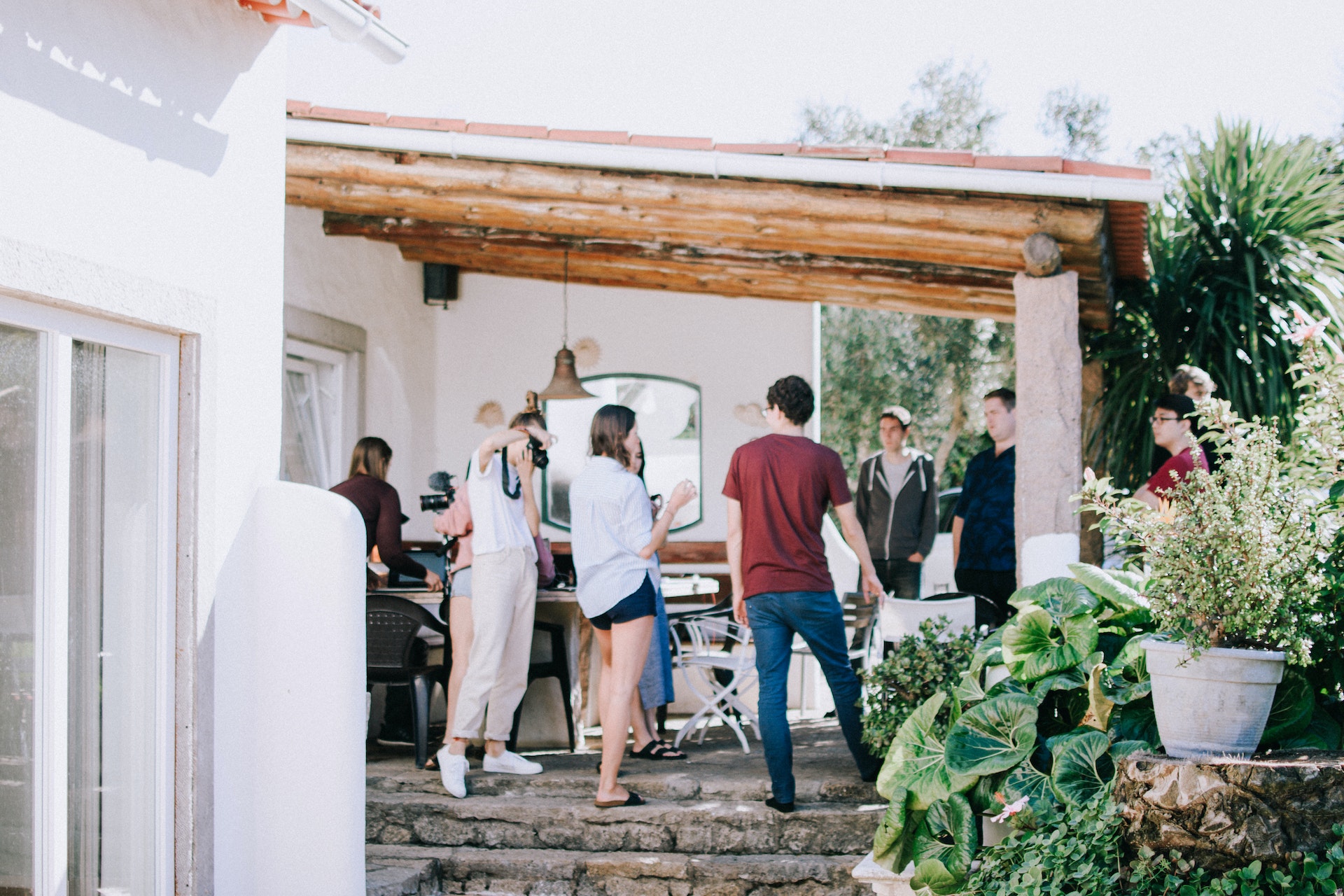
Whether you’re looking to discover your next favorite piece of art or just want to get to know the artists behind it, there are many contemporary artists that you should definitely check out. They may not be well-known, but they are influential in art.
The modern art world has been a hotbed of creativity in recent years, and it is easy to find artists you can identify with just by seeing their work. In this article, we’ll share some of the most influential and popular artists in the industry today, as well as why you should be paying attention to their work.
You should be checking out these painters because they are some of the world’s most interesting, innovative, and exciting contemporary painters! We’ll look at some of the most popular contemporary artists you should check out.
Mark Grotjahn is an American contemporary painter best known for his abstract paintings of faces and geometric depictions. His distinctive style strikes a complex dialogue with other contemporary painters like Kazimir Malevich and Barnett Newman.
These works are filled with bright colors and strikingly geometric shapes. Often, they focus on the vanishing point of perspective. Despite the fact that these works are relatively new to the art world, they have quickly become popular and have been widely recognized by the international art community. Several of these paintings have been sold for high prices and are currently on display in major museums.
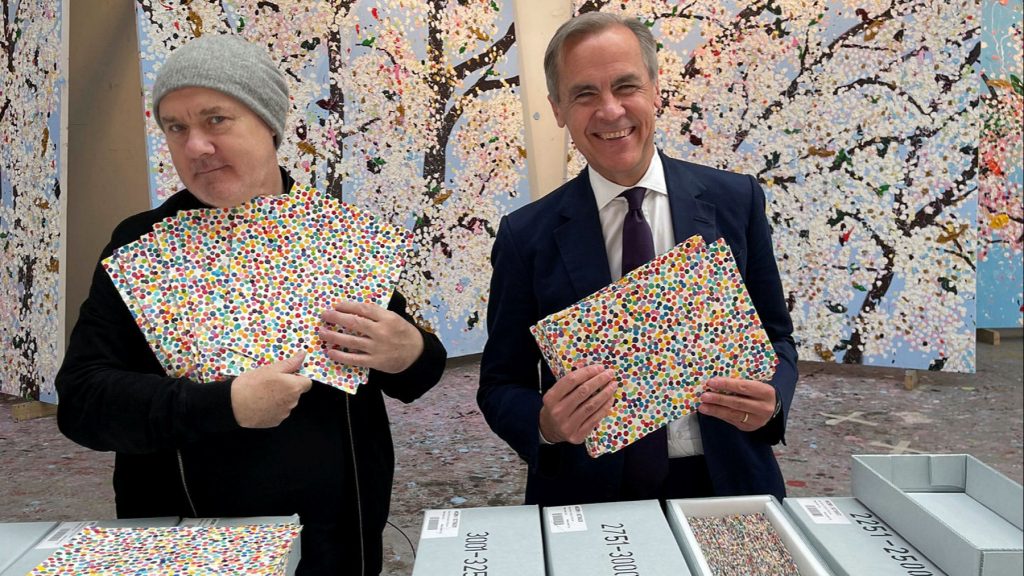
Another prominent artist on the market today is Damien Hirst. He is one of the most successful and richest modern artists in the UK, having twice been the top-grossing artist at auction. His sculptures and paintings have a unique aesthetic and have influenced many other artists in the industry.
He is also one of the most influential modern artists in the world and has been the subject of a major retrospective by the Museum of Modern Art.
This is the most popular artist because of his unique style and ability to transform commercial materials into fine arts icons. His work reflects on society and reveals its grotesque contradictions.
His balloon dogs and giant heads are iconic examples of his work, but he is also famous for his street art – check out his murals on NYC’s Wall Street or the London Underground.
Zhang Xiaogang is a Chinese contemporary artist who takes inspiration from family photos to create haunting pieces highlighting China’s political and social history. His modern paintings are evocative of the country’s past and present and engage with the notion of identity in the cultural context of collectivism.
He is a great example of how popular and successful contemporary art can be when it engages with history and politics thoughtfully and engagingly. His paintings reflect his own personal experiences and beliefs and are an important part of the modern Chinese art scene.
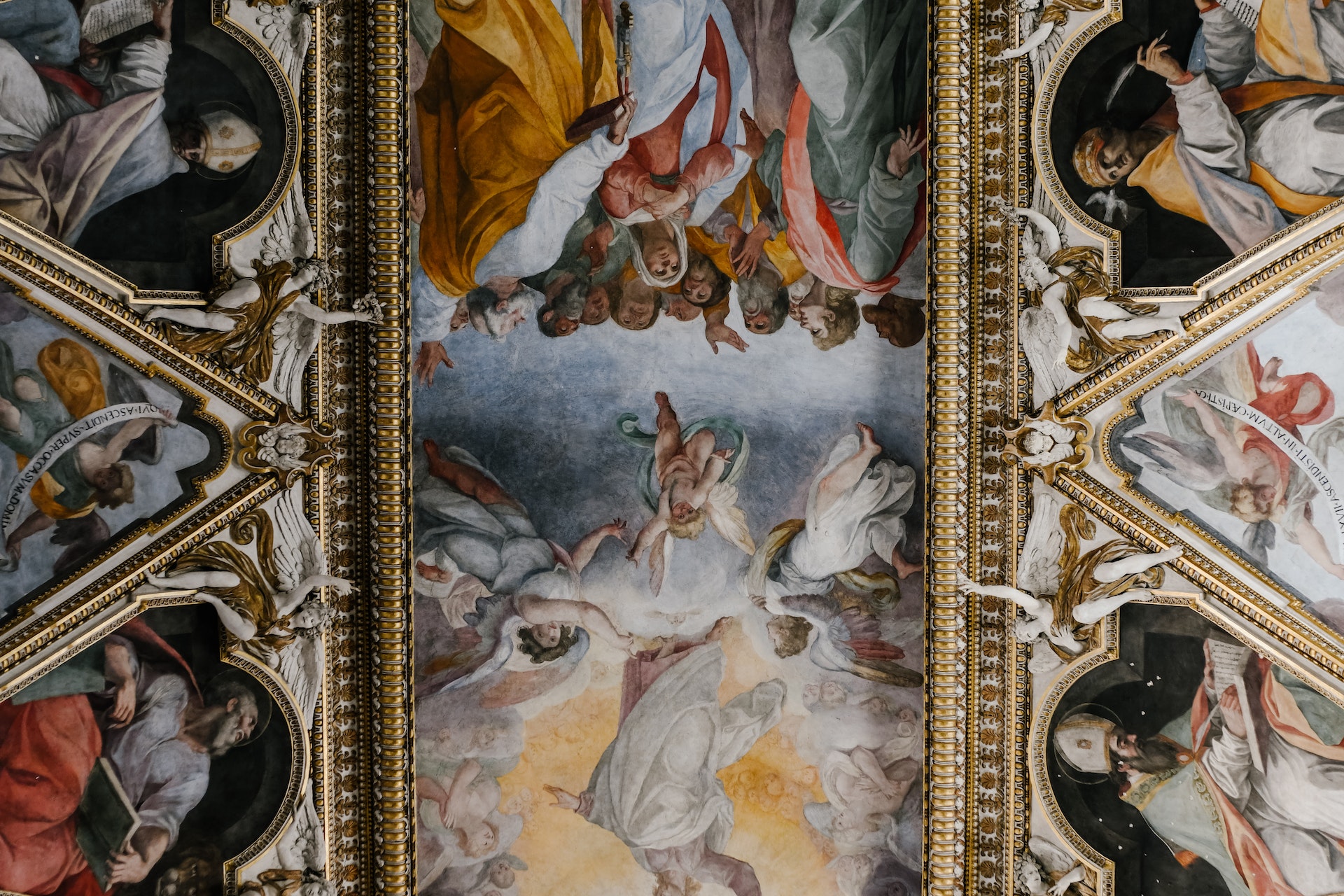
Whether you’re an artist or an art enthusiast, knowing your options and being familiar with the different art styles is important. The key is to identify the style you like best and focus on that. Here is a list of art styles you should know about!
This is one of the most basic and oldest types of art. It’s a form of drawing or painting that focuses on the likeness, character, and beauty of a person. Throughout history, portraiture has been used across many different mediums, and it’s still an essential part of modern culture today!
After the French Revolution, Realism was a new art style that was born out of the desire for artists to focus on realistic depictions of people and their everyday lives. Unlike previous Romantic art movements, Realist painters often depicted everyday scenes of people in their homes and streets, allowing them to paint from a more direct, realistic perspective.
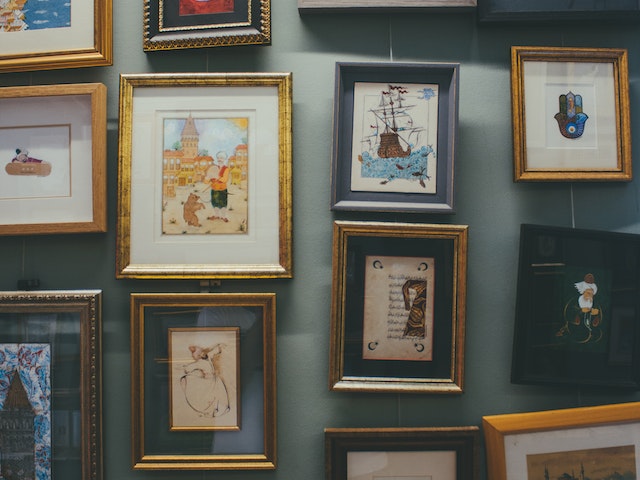
During the reign of King Louis XIV, Rococo was an art movement that dominated European painting and sculpture. It’s a playful art style that uses pastel colors and idealized subject matters. It is also known for its use of curved forms and swirling spirals.
Among the most influential art movements of the 17th and 18th centuries, Baroque is a style that combines the classical idealism of the Renaissance with the dramatic, exaggerated motion of Surrealism to produce drama, tension, and exuberance. The baroque era lasted from about 1600-1730 and was heavily sponsored by the Catholic church.
Founded in 1907-08 by Pablo Picasso and Georges Braque, Cubism is an influential art movement focused on painting cubes and other geometric shapes from various angles. These overlapping planes of light and contrasting shapes were designed to break with conventional ideas about visual perception.
Another art movement that exploded in the 1940s, Abstract Expressionism, was created as an American response to the emergence of the Surrealists and other avant-garde artists. It was a precursor to the modernism movement of the 1950s and paved the way for New York City as the center of contemporary art.
During the mid to late 1950s, this art movement was born out of commercial and popular culture, experimenting with images and concepts that were readily accessible to the public. Its simplified subject matter made it easy to understand and digest artworks, which led to a broader acceptance of this genre as an art style.
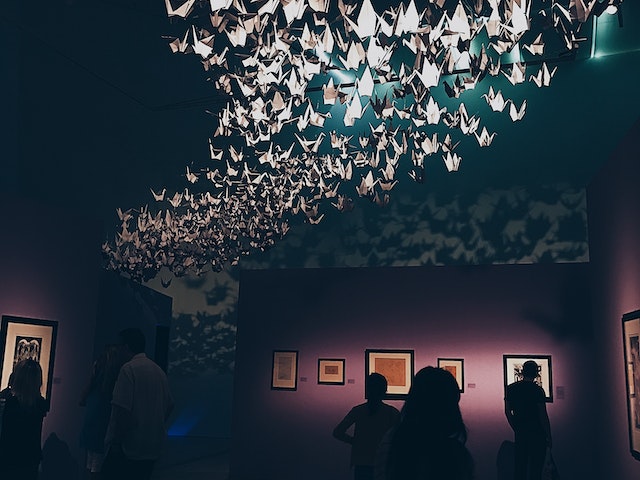
Traditionally excluded from the fine arts scene, lowbrow art is an avant-garde style that emerged in the 1970s. The term “lowbrow” is derived from the genre’s ties to underground comix, punk music, and surf culture. In a nod to these cultural references, lowbrow art often uses dreamlike imagery that plays on erotic and satirical themes.
This type of art is rooted in German, Colombian, and Italian theory, where it inserts magical elements into a realistic setting to create an oxymoron-esque world. It is often seen in photography, paintings, and sculptures.
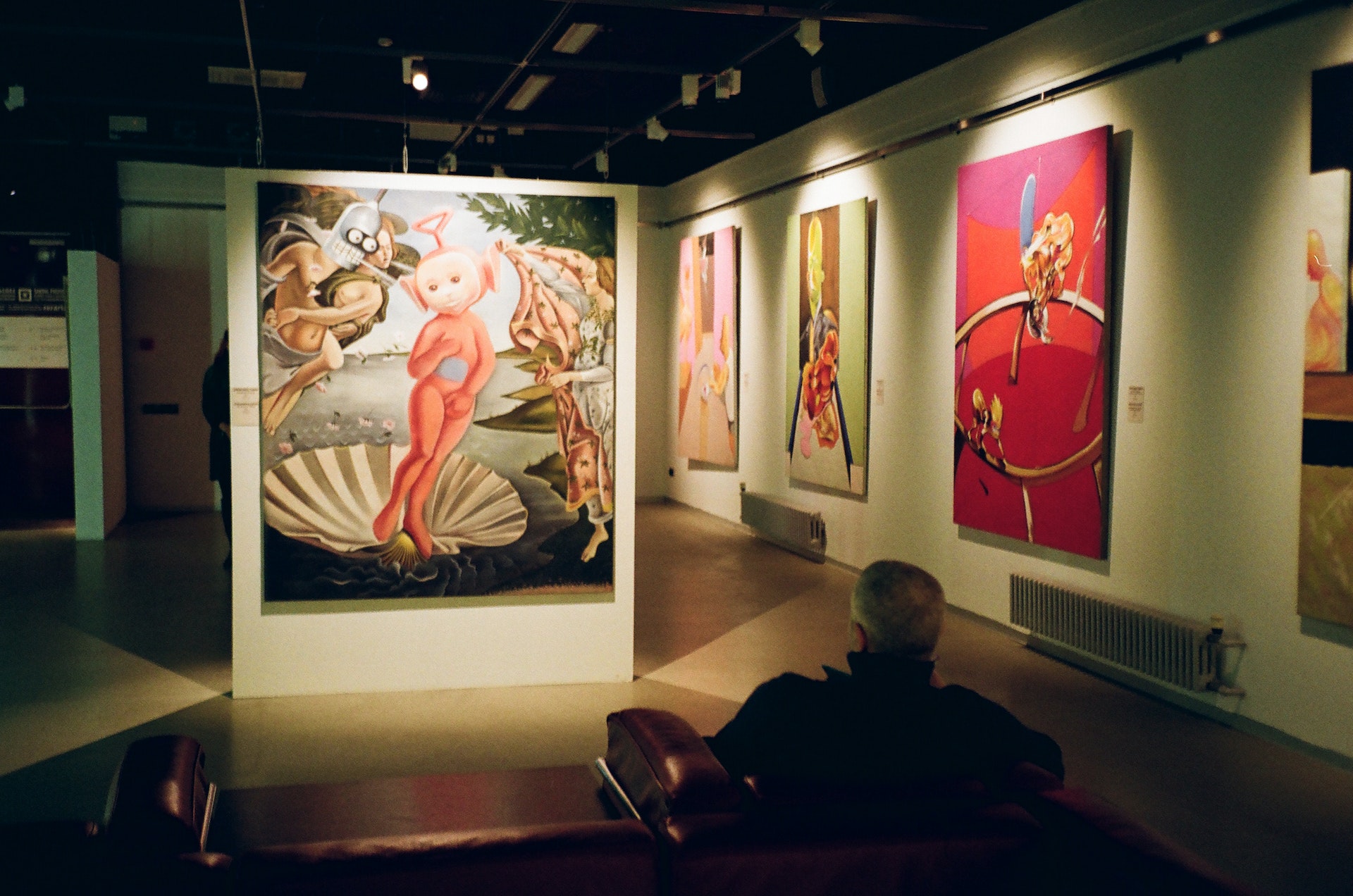
Preparing for an art exhibition for the first time can be a nerve-wracking experience, but it’s also an opportunity to showcase your work to a larger audience. Whether you’re a solo artist or part of a group, there are some tips that can help make the process less stressful.
A theme for an exhibition can help your work stand out and make it easier to identify each piece of artwork. It also gives others a chance to relate your pieces to one another and remember them better.
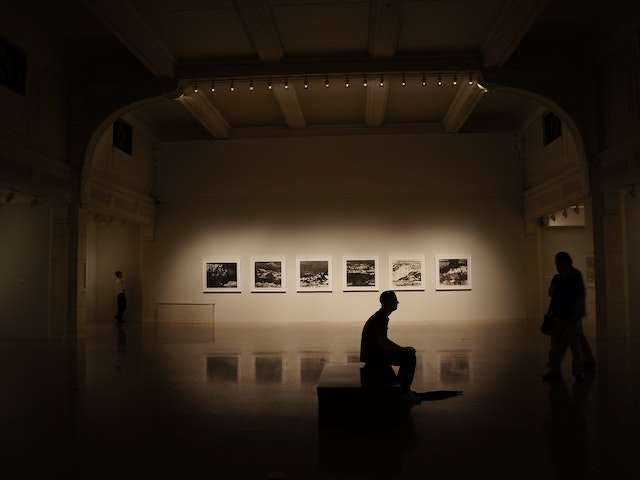
The art you choose to display at an exhibition can greatly impact how it goes over. This is especially true if you’re a new artist, so choosing the right art is important in preparing for your first exhibition.
Having labels with all of your artwork will make it much easier for people to find each piece of artwork and understand what it is. You can also include information about the medium and dimensions of each artwork. This is a great way to give people more information about the artworks so they can make better decisions about buying them.
Updating your website and social media profiles to promote an event or exhibition is always a good idea. This will ensure you have the latest images of your work and any other important information about your artwork.
Creating a resume of your exhibition experiences is a good way to ensure that you have something to refer to when applying for exhibitions in the future. It can be a simple list of dates, but it can also be a CV or online portfolio.
Finding an appropriate location is a good way to start preparing for your first exhibition. This can be a gallery, an art space, or even your own home. The key is to find a place that will fit your art and your vision for the exhibit.
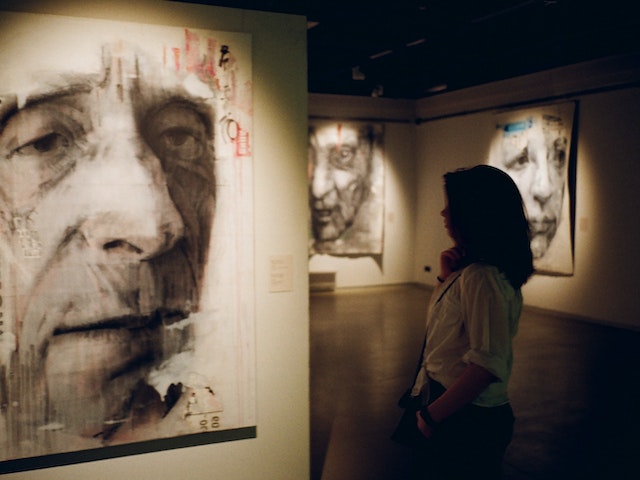
Before your art exhibition starts, it is a good idea to have all your art ready. This includes any pieces that need to be framed or re-framed and those that need to be packed and shipped. This will save you a lot of stress later on, and it’s important to get your artwork ready so that you can be sure everything looks its best at the art show.
It is crucial to plan your exhibition as early as possible. This will allow you to have the space ready, get all of your artwork prepared and labeled, and send out the necessary press releases. It will also give you enough time to promote the event to local businesses and other venues that might be interested in your work.
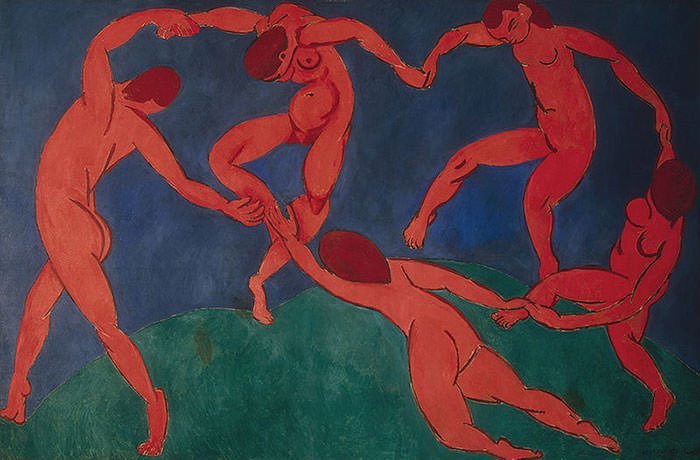
The term “contemporary art” refers to works of art created now, including paintings, sculptures, photographs, installations, performances, and videos. Although this concept may appear straightforward, the specifics are frequently a little hazy because everyone’s understanding of today may change greatly and drastically. The exact beginning of the genre is therefore still up for question, but many art historians believe the early 1960s or ‘70s (the conclusion of contemporary art, or modernism), to be a reasonable approximation. Here are a few well-known modern and contemporary artists.
One of the most well-known modern artists and American artists of all time, Jean-Michel Basquiat sprang from the New York American Rocker scene in the early 1980s and quickly gained recognition for his paintings and drawings of faces. His “naf” art expertly incorporated several aesthetics and cultural practices to produce collage-like contemporary pieces that frequently linked to his urban & Afro – Caribbean origins.
Modern art paintings by Basquiat are an illustration of how counter-cultural art activity may be fully accepted, embraced, and enjoyed by the general public. The most expensive paintings and drawings of faces available currently on the market are those by him.
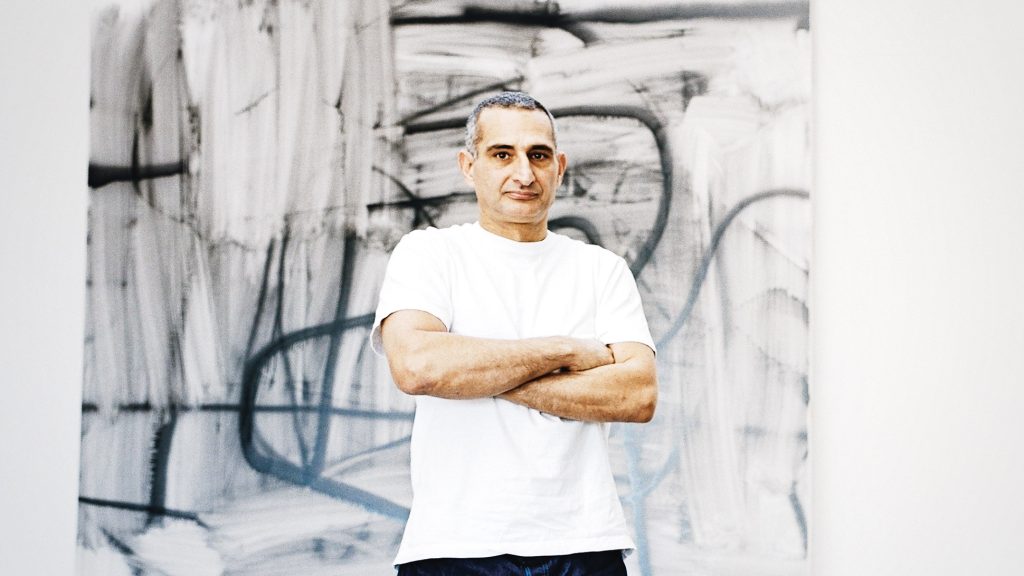
Christopher Wool is known best for his works of art of large, black, stenciled letters on white canvases, but he has a variety of styles. He causes conflict between the artwork and removal, a show of support and removal, depth and flatness, by combining a variety of painting techniques like spray painting, hand painting, and screen printing.
He builds up the surfaces of his pressurized paintings while seemingly nullifying their very substance by painting layer after layer of whites and some off over display elements used in earlier works, monochromatic shapes were chosen to take from recreations, large prints of information of pictures, computer monitors, and Digital photos of his own paintings.
Italian artist Rudolf Stingel resides in New York. Stingel has been questioning his selected technique of painting and challenging ideas of legitimacy, order, meaning, and context since the 1980s. He wants to interact with the audience and include them in a conversation about how they view modern art. Stingel’s prices skyrocketed during his exhibition at the Whitney Museum of American Art in New York City in 2007.
Contemporary American artist Mark Grotjahn is best recognized for his gestural, geometrical paints, sketches, and sculptures that incorporate both figurative and abstract elements. In the 1990s, Grotjahn earned his MFA as from the University of Southern California, Berkeley after graduating with a BFA as from the University of Colorado, Boulder.
He started his first significant body of work, Sign Exchange (1993–1998)while pursuing his MFA, in which he meticulously painted Los Angeles business signs. In a clever twist, the painting was showcased on the storefront while the real sign had been available for exhibition. He would work out the details with the appropriate store owners.
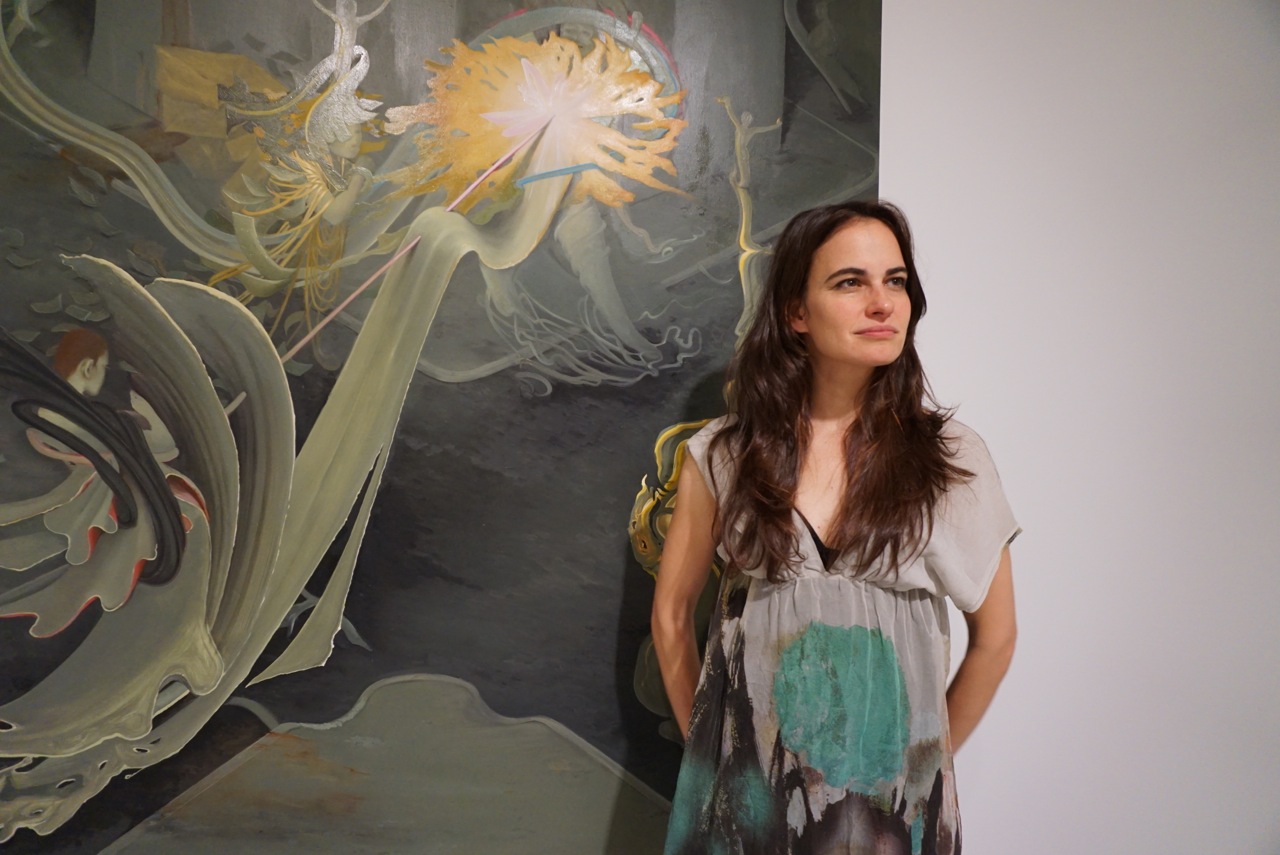
Inka Essenhigh is a famous contemporary painter who is popularly known for painting surreal and dreamlike figures and landscapes that depict a deep sense of emotions. Most of her famous paintings and artwork often follow a distorted image with exaggerated features, which portrays a blurred line between imagination and reality.
Her vibrant use of color is one of the most significant features of her paintings. Her paintings are famous for their vibrant colors with a saturated palette. However, they also hold bold hues, making the viewers feel like the painting is pulsating out of the canvas. This intelligent use of a color palette is often known to create a sense of unreality and disorientation, which people from all over the world love.
Aside from the bold use of colors and figures, her paintings also hold great attention to the deal. Each of Inka Essenhigh’s paintings holds intricate attention to detail and symbolizes different viewers when viewed from the lens of an artist. These qualities of her artwork are loved by people with a vision for art and painting, which often adds a dreamy touch to its views. However, most of her paintings hold a hidden meaning or symbolism which is out of reach for ordinary men.
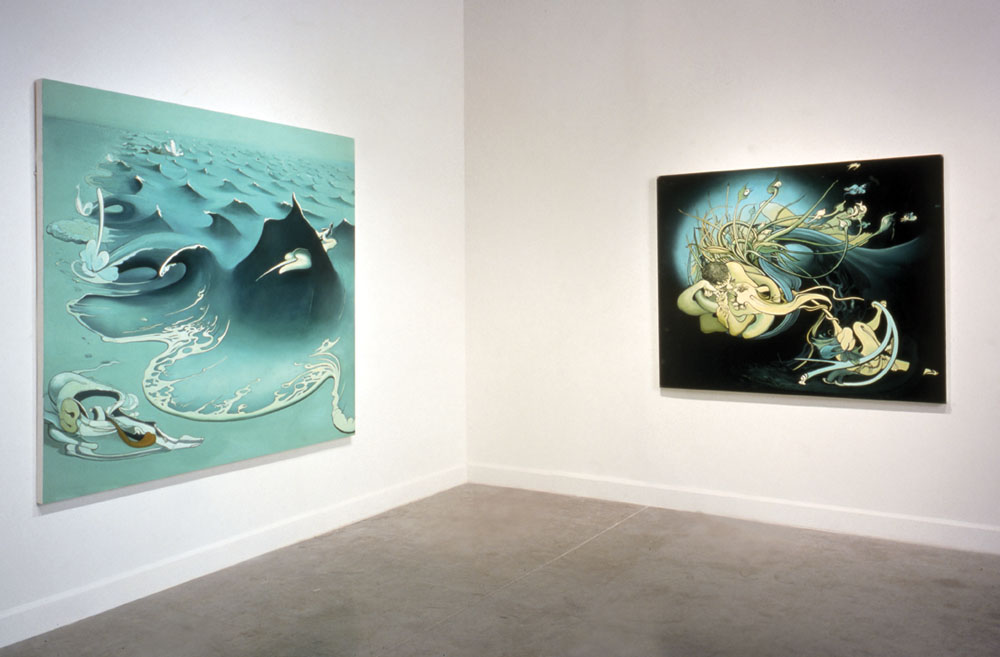
However, despite the intricate dreamlike details of her paintings, Inka Essenhigh’s works are still rooted in the real world, with many of her paintings from her life experiences. For instance, her portraits of family and friends and the landscapes she visited in her hometown during her childhood.
It is one of her most recent and valuable paintings, which describes the flow of water from a mountain and paints it in a rich blue color, which attracts the viewers to not only view it from a distance but also buy it and showcase it at home.
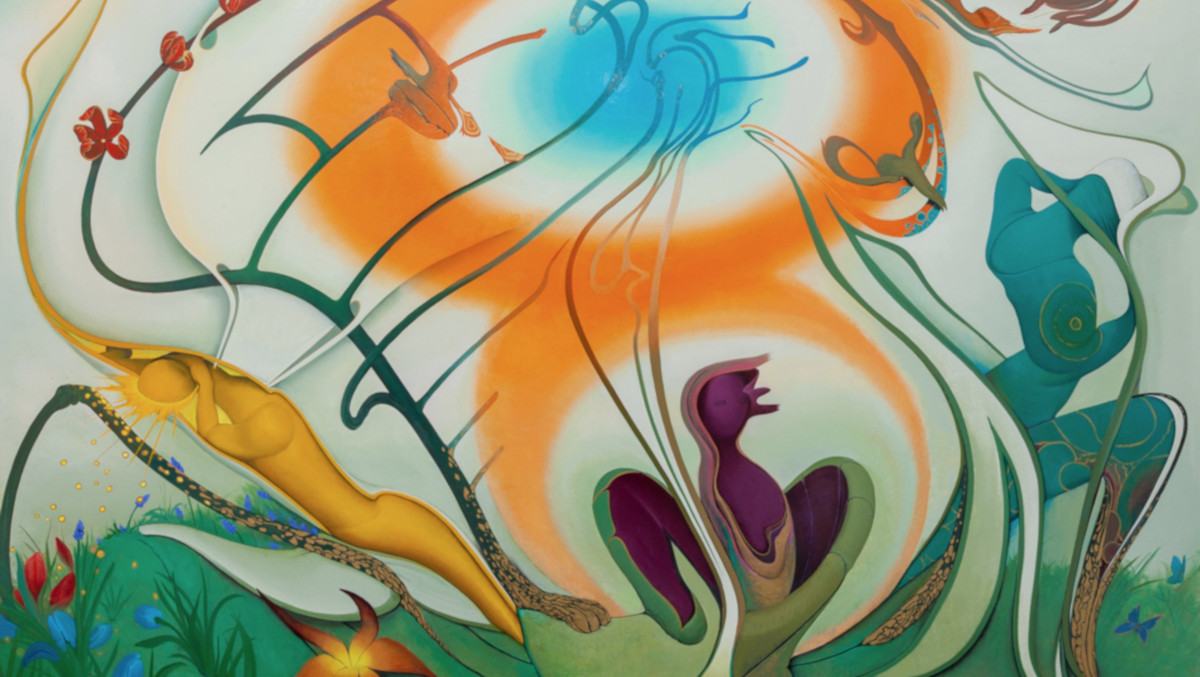
This painting was done in 2018 and rightly depicted the fall of leaves during the season and how they are left naked in the cold winds. Many people who have bought this painting have said that it depicts the painter’s emotions, who often find it lonely during cold autumn nights, much like the trees which shed their leaves during that time.
This painting throws light on the personality of the painter, who held rich value for nature and was also concerned about its effect on humankind. This is one of the most beautiful pieces of Inka Essenhigh’s work. It has intricate details about the vanishing trees, their decomposition shown by different vibrant colors, and other minute details you cannot miss!
It shows the shadows of people partying in the first amides different species of animals. However, the most prominent side of the artwork is two people enjoying their drink together, which has a deeper meaning.
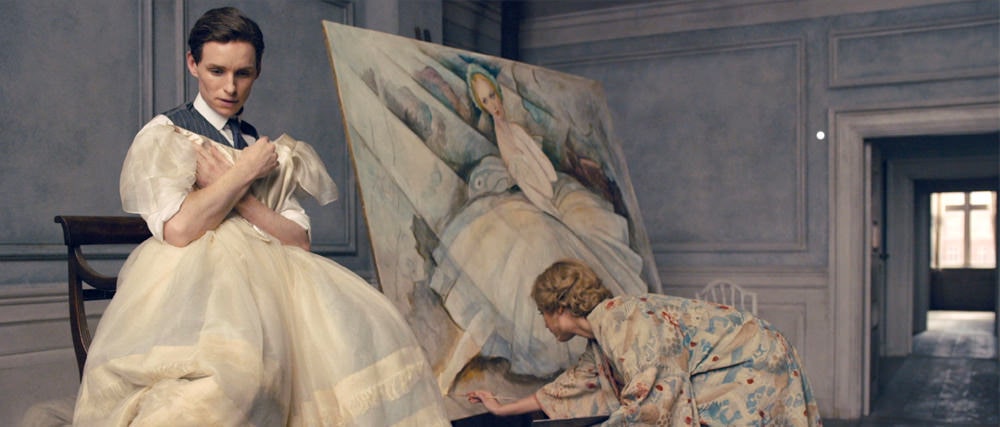
If there’s one thing that separates the arts from the sciences, the former cannot be reduced to formulas and numbers. While a painting or sculpture can be analyzed precisely, its meaning is open to interpretation.
This is part of what makes art so exciting: it inspires passion and creativity in people who encounter it—and often inspires them to make their art in response.
But even if you’re not an artist yourself, studying art can help you appreciate the way human beings respond creatively and emotionally to their world. In this post we’ll explore some films about artists worth watching for anyone who wants to understand how artists work or enjoy a good story well, told
The Agony and the Ecstasy, starring Charlton Heston as Michelangelo and Rex Harrison as Pope Julius II, is a 1965 film directed by Carol Reed. The film focuses on the rivalry between Michelangelo and Julius II over the design of St. Peter’s Basilica in Rome. It won Academy Awards for Best Cinematography (Color) and Best Costume Design (Color).
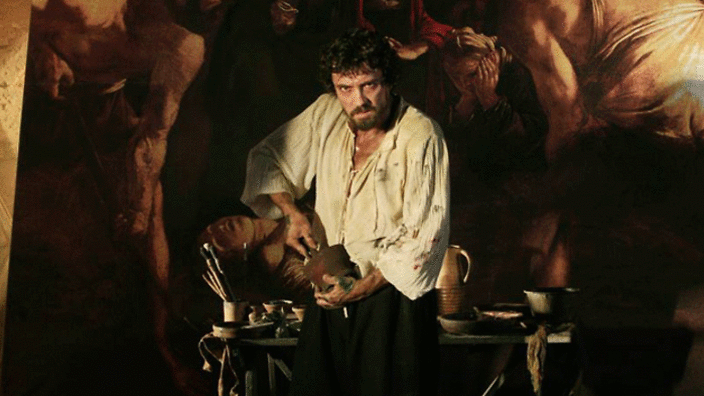
Caravaggio is an Italian artist from the 17th century. He is most famous for his intensely realistic paintings, which always featured religious scenes. Caravaggio’s paintings first drew attention when they were displayed in Rome, along with other period painters.
Caravaggio was a revolutionary painter who helped change art history forever by introducing new styles and techniques that would become commonplace among future artists. His works have been widely celebrated throughout history; even today, many museums display his work as examples of some of the best art in history!
Frida is a 2002 Mexican biopic about the life of artist Frida Kahlo, played by Salma Hayek. The film focuses on Kahlo’s relationship with her husband, Diego Rivera (Alfonso Arau). It also shows her struggles due to her polio as a child and how it affected her later in life.
This 2001 film is about the life of a famous film director named Pollack and his tumultuous relationship with his son. It was directed by, written for, and starred Pollack himself. This film was nominated for several Oscars, including Best Picture and Best Actor (for Bobby De Niro). The movie is based on a book written by Pollack himself.

Mapplethorpe: Look at the Pictures is a 2019 biographical drama film directed by Ondi Timoner and starring Matt Smith as photographer Robert Mapplethorpe. The film explores the life of Robert Mapplethorpe and his work with other artists, including Patti Smith, Andy Warhol, and Keith Haring.
Herb and Dorothy is a documentary film about a couple who collected art and lived an unconventional lifestyle. The film explores their relationship, which was unconventional in itself, as they were both married to other people when they met. Herb Vogel worked at MoMA as an accountant while his wife Dorothy worked as an art teacher at a New Jersey high school.
These films are a great way to get into the art world, whether you’re an art lover or not. They will introduce you to some of the most famous painters and sculptors in history and show how their work influenced other artists and continues to resonate today. They also serve as an introduction to one of the fascinating subjects, human creativity!
